Saving electricity at home - 60 best tips
Even if you have already tendered the electricity companies and got yourself a cheap electricity contract, you can also save on electricity costs by living energy-efficiently.
What are the best electricity saving tips?
The best electricity saving tips are simple everyday tasks that you remember to do week after week. Top 5 tips below:
Save on heating
1. Calculate the temperature of living spaces
If the layout of your home allows it, only heat the rooms you use every day. Large storage rooms, garages and guest rooms can be kept cooler - set their radiators to zero and keep the doors closed. Adjust the heating to a lower setting even when you are away from home for a longer period of time.
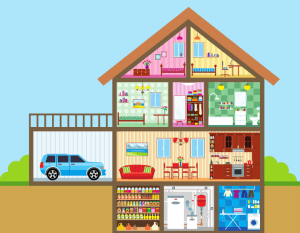
2. Choose efficient heating solutions
If possible, pay attention to the choice of home heating solution. An air source heat pump is an energy-efficient and money-saving form of heating. Also, an investment in, for example, solar panels or some other heating system can quickly pay for itself.

3. Put the fire in the fireplace
In frosty weather, you can replace part of the rest of your heating energy needs by burning wood in your home's fireplaces, such as a fireplace or baking oven.

4. Get a humidifier
The indoor air feels warmer when the relative humidity is higher, so you can adjust the home heating to a lower level. Some green plants can also maintain and increase the humidity in the room air. Of course, it must not be too humid, especially if the temperature is low, because then the risk of mold increases.

5. Use a thermostat
Let the thermostats take care of the optimal temperature control, and you will avoid unnecessary electricity-consuming room temperature fluctuations. Do not cover the radiator thermostat with curtains - a covered thermostat cannot detect the actual temperature and work correctly.
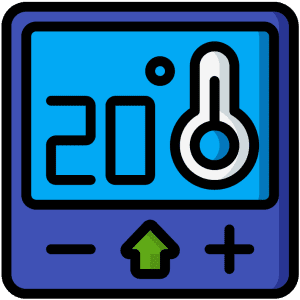
6. Check the seals
Make sure that the window and door seals are in good condition and add sealing compound if necessary. The seals should be kept in good condition, especially in winter, so that the heat does not escape to the magpies.

7. Ventilate quickly with a through draft
Do not open the windows one by one, but ventilate quickly at once with a draft. A few minutes of effective one-time ventilation is enough to freshen the indoor air.
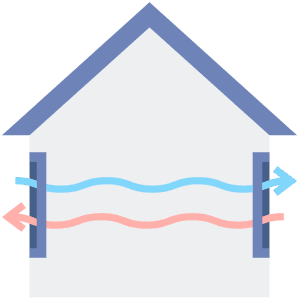
8. Put rugs on the floors
Now is a good reason to decorate the bare floors of your home beautifully with carpets that act as insulation, keeping the room and your toes warmer.

9. Close the curtains for the night
Even small actions that reduce the escape of heat pay off. For the winter, it is worth replacing the windows with thicker curtains, which insulate the heat better. Open the curtains on the sunnier days of February and March so that the warmth of the sunlight can reach the interior.
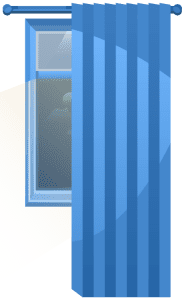
10. Dress in layers
As in winter, dress warmly at home as well. Instead of raising the indoor temperature, sweaters and indoor slippers are one of the easiest ways to save on the electricity bill.

11. Use a thicker blanket
Switch to a warmer blanket in the winter, and you can keep the bedroom temperature a couple of degrees cooler than other rooms. You also sleep better when it's cool!

Save in the kitchen
12. Cook more at once
When you heat up the oven, plan your cooking so that you prepare food for several days' needs at the same time. For example, you can divide the week's meals into boxes and freeze them. In this way, you use the energy required to heat the oven efficiently and save electricity for many days of cooking.

13. Make good use of residual heat in cooking
You can turn off the oven and hotplates a few minutes before the actual cooking time. Residual heat cooks the food to the end and saves money and electricity. This should be taken into account, especially in the summer heat - the shorter the time you use the oven, the faster the kitchen cools down.
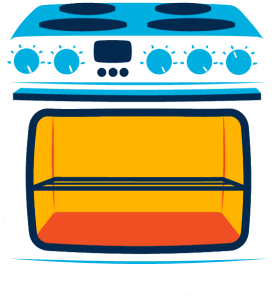
14. Natural range hood
In summer, you can open the kitchen windows instead of using the hood.

15. Don't peek!
Try not to open the oven door while the food is cooking to prevent expensive, hot air from escaping. You can keep an eye on the preparation of your delicious meal through the oven window.

16. With the fridge again?
Do you also have someone in the fridge looking for a snack every five minutes? Every time you open the refrigerator door, much of the cool air escapes and has to use more energy to cool the temperature back down to optimum.
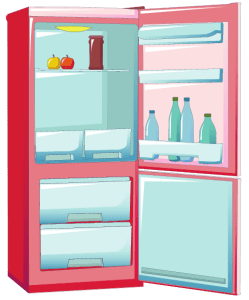
17. Use the residual heat of cooking to your advantage
When the food is ready, leave the oven door open. This way you heat the kitchen and dry the kitchen towels at the same time.
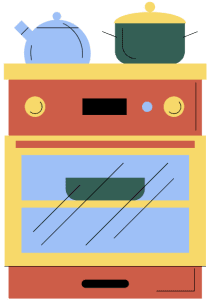
18. Use microwave
Heating a meal in a microwave oven saves a lot of electricity compared to an oven. Heating in the microwave also takes less time, so you can tame your hunger faster.

19. Small pot, small hot plate
Choose the size of the cooking plate of the stove according to the size of the pot, so that all the thermal energy of the plate is directed to the pot, and does not escape to waste. So don't heat a small pot or frying pan on a large plate.

20. How much water in the pot?
Heat only as much water in the boiler as you need at that moment. Remember to also put a lid on the pot, so the water heats up faster and the heat does not escape with the steam. You can also heat the water easily and cheaply with a kettle before pouring it into the pot, so the stove doesn't use as much electricity.
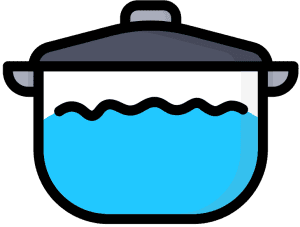
21. Served cold!
Occasionally prepare cold dishes that do not require heating. A nutritious and healthy salad does not need many electrical appliances in the kitchen, such as an oven, microwave or hotplates.

22. Heat up the grill
Start the grilling season well in advance and prepare delicious meals with a gas or charcoal grill outdoors. And summer sure feels longer!
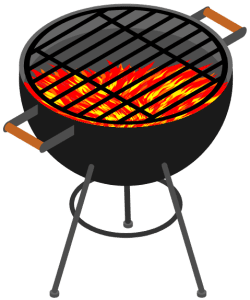
23. Pour the washing water into the hand sinks
Wash and rinse dirty dishes in the sink water instead of running water.

24. Let the dishwasher do the dirty work
Dishes do not need to be rinsed or pre-washed before putting them in the dishwasher. Only remove the largest food residues and load the dishes into the machine as tightly as possible. The machine also washes the dishes much more energy-efficiently, with less water and at a lower temperature than if the same amount were washed by hand. Maximize electricity savings with the eco program and only wash full machine clothes.
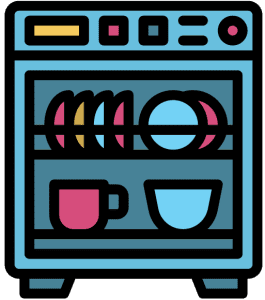
25. Adjust the temperature of the dishwasher
If you can choose the washing temperature of your dishwasher, use programs that wash dishes at a lower temperature. The lower the water temperature, the more electricity you save.

26. The location of the refrigerators is important
Place the refrigerator and freezer away from home appliances and devices that produce heat, such as dishwashers, ovens and radiators. Also, make sure it is not in direct sunlight or near other devices that emit heat.
If possible, a good place for the refrigerator is against the outside wall, which is usually cooler and the heat produced by the home appliance can be released more easily. Leave enough space between the appliance and the wall to allow air to circulate freely around the cooling appliances. Also, remember to vacuum the dust regularly so that it does not block the ventilation openings, so that the refrigeration equipment can work efficiently.

27. Thaw frozen food in the refrigerator
Cold frozen foods cool the refrigerator as they melt, so the refrigerator does not have to use as much energy to keep the temperature optimal.
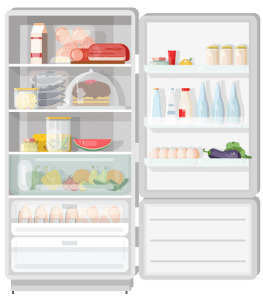
28. Cool food before putting it in the fridge and freezer
Do not put hot or warm food in the refrigerator or freezer. Cool the food to room temperature first, so that the refrigerators don't have to use extra energy to cool them down.

29. Defrost the refrigerator and freezer
The refrigerator and especially the freezer should be defrosted at regular intervals, at least once a year. The less ice build-up in the freezer, the more efficiently it works - and saves electricity.
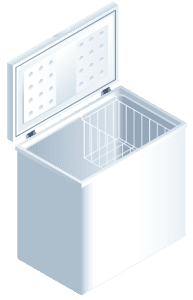
30. Make sure the freezer is full
A full freezer consumes less electricity, because the frozen items do not have time to warm up when the freezer door is opened. If there is empty space in the freezer, it fills with warm air every time the door is opened, and re-cooling takes a lot of energy.

31. Everything doesn't have to be big
If you don't have an extended family living in your home, you probably don't need a giant American-style refrigerator. A smaller refrigerator that fits the size of your household is a smart and easy choice to save electricity.

Save on the laundry room
32. Really in need of washing or back in the closet?
Check the clothes after use - do they really need washing or could they be worn again? Would just ventilation be enough?

33. Do laundry energy-efficiently
Wash clothes only in full machines. Use the washing machine's quick, energy saving and eco programs. If your clothes just need a little freshening, you should use a quick wash, so you don't waste energy unnecessarily with a full-length washing program.
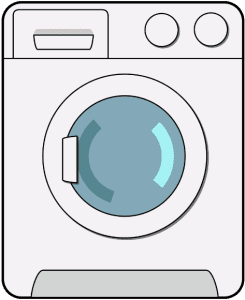
34. Wash clothes at a lower temperature
Even more than 90% of the energy used in a washing machine is used to heat the washing water. Laundry detergents also work well at lower temperatures. When you wash clothes at a cooler temperature, such as 40 degrees instead of 60 degrees, you save not only textiles but also money.

35. Dry the laundry with a line
Good old clotheslines for glory - dry your clothes on a rack or with a line. In good weather, you can hang your laundry to dry in the yard or in front of the window in the heat of the sun. Natural drying instead of a tumble dryer not only saves electricity, but also textiles, making them last longer in use. Plus, laundry dried outside smells wonderful! What's more comfortable than lying on clean sheets that have been dried outside.

36. Leave the clothes a little bit damp
If you use a tumble dryer, remove the clothes from the dryer before they are completely dry. When the clothes are a little damp, it is easier to iron them or put them on a hanger to iron them by themselves, and you also save electricity with a shorter drying program.
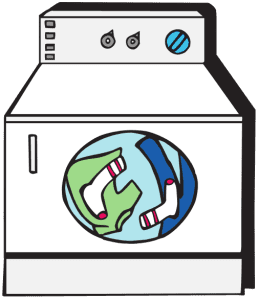
37. Lint filter
Clean the lint filter of the washing machine regularly so that the machine can perform its work more energy efficiently without additional load.
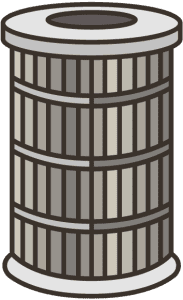
Save in the bathroom
38. Take a quick shower instead of a bath
Save warm bubble baths for rare pampering moments and get used to cooler quick showers on weekdays. You can also install water-saving valves in the faucets and shower head. Some also swear by the health benefits of a cold shower. Should I try it?
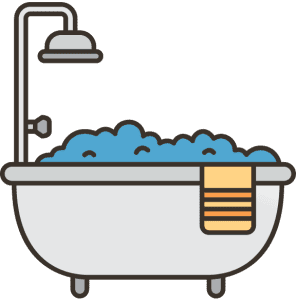
39. Electric sauna
The electric sauna is one of the biggest energy consumers in the home. The sauna should be heated carefully and on such days that everyone who wants to can get into the sauna during the same evening.

40. Tip, tip, tip…
Fixing a leaky faucet can save you significant amounts of money in the long run.
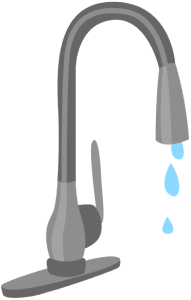
41. Avoid using a hair dryer
Let your hair dry naturally and sometimes leave the hair dryer, straighteners and curlers in the closet. Especially in summer, the sun and the wind do the same thing.
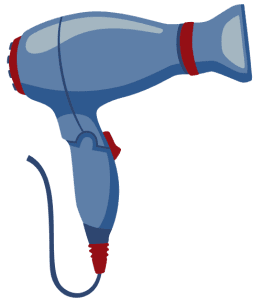
Save on lighting
42. Switch to LED lights
LED lamps are energy efficient and only consume less than 10% of energy compared to traditional light bulbs. LEDs are also more light efficient, you can choose the desired color temperature and adjust the mood lighting with the dimming feature. Also get decorative and Christmas lights in LED versions!

43. Keep the lamps clean
Dust easily accumulates on home lighting. Wipe the dust from the lamps to maintain the best light output.

44. Wash the windows
Dirty windows can reduce the power of natural light by up to 40%. Wash your windows every spring and fall, and enjoy natural light through clear windows, and you'll need fewer electric lights.

45. Decorate with light tones
A good idea to increase the brightness of the apartment instead of additional electric lighting is to decorate with light colors that reflect light. In this case, you can use lamps that consume less energy without compromising the brightness of the space.

46. Locations of light sources
The lamp should be placed in the corner of the room, because due to the reflection of the surrounding walls, its light output is brighter. You can also save electricity by using spot and work lights instead of lighting the whole room.

Save on technology
47. Upgrade your equipment to new technology
New household appliances and devices consume much less energy compared to old models. At the same time, you get a good reason to invest in the latest equipment. Also familiarize yourself with the energy efficiency rating of electrical appliances before making a purchase decision.
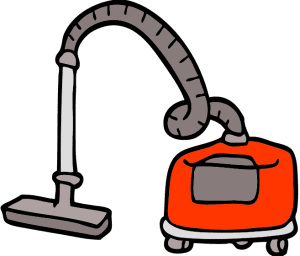
48. Use a laptop
A laptop is a more energy-efficient option than a desktop computer.

49. Buy energy efficient
Before you make a purchase decision, check the energy labels of devices and household appliances, which help you identify energy-efficient products.
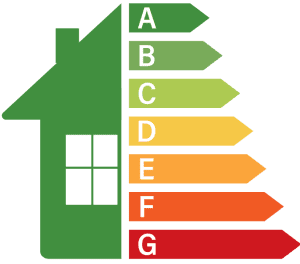
50. Monitor and manage electricity use with smart devices
The electricity consumption of household appliances can be monitored with consumption meters or with the help of a mobile application provided by your electricity company. You can also use timers in different rooms and spaces according to the usage needs.
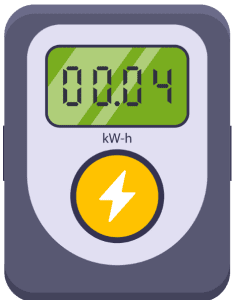
51. Keep household appliances clean
Remember to wipe dust and dirt from household appliances and devices at regular intervals and also vacuum around them, so that the connection and ventilation openings do not get blocked and cause disturbances in the device's operation and energy consumption.

52. Quality time without electronical devices
Limit screen time and spend more time with family and friends. Agree on a certain day of the week when you focus on being together instead of TV and smart devices. An energy-saving, comfortable evening can include, for example, board games, reading, crafts or playing music and offers a break from technology-oriented everyday life.

Save with children
53. Encourage children to help
Kerro lapsille, mistä sähkö tulee ja miten tärkeää sähkön säästäminen on. Koko perhe voi säästää sähköä yhdessä tehokkaammin, kun kaikki ymmärtävät yhteisen tavoitteen.

54. Give an assignment
You can involve older children in energy-saving talks by giving them a responsibility, such as turning off the lights or opening the curtains in the morning instead of turning on the lights.
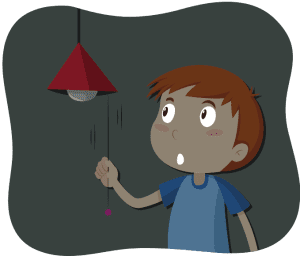
55. Limit children's screen time
The less time children spend with smart devices, the less electricity the devices consume.
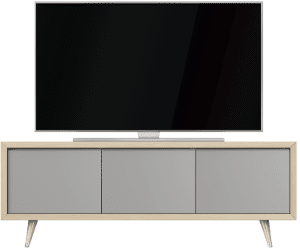
Save outside the home
56. Install motion detectors for lights
Install motion detectors on outdoor lights, so they only turn on when needed and don't waste electricity unnecessarily.

57. Light up the yard with solar energy
Use solar-powered lamps in the yard and garden, which charge themselves in daylight and illuminate beautifully in the dark.
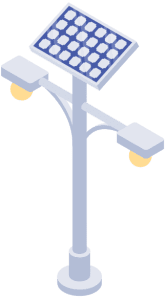
58. Plant leaf trees for the yard
Plant deciduous trees, especially in the south- and west-facing yard, which provide shade in the summer. When winter comes, the leafless trees let the sun shine in through the windows.

59. Check the exterior walls
Check the exterior walls for cracks and repair any damage that could affect the house's energy consumption.

60. Get outside more
Spend more time outside the home. Enjoy good weather, beautiful nature, culture and activities outside the home, which will automatically reduce your electricity consumption.

We hope that these tips will also help you save hundreds of euros on your electricity bill annually. In addition to saving electricity, you should try the electricity calculator to estimate the final amount of your electricity bill.
FAQ
What saves the most electricity?
The best ways to save the most electricity are:
- Use energy-efficient appliances
- Change all your light bulbs to LED lights
- Heat the sauna less often
- Use a programmable temperature controller
- Seal the air gaps in the apartment and insulate the windows
How to save electricity in heating?
One of the biggest tips for saving electricity in heating is to get an air source heat pump.





